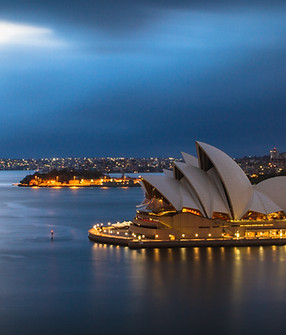
Market Entry Strategy
Strategies that align with Kenari Brand Ethos (Sustainability, Luxury, and Uniqueness) and levergaging market-specific trends
EU: ITALY, GERMANY, FRANCE
Why the EU?
-
Strong emphasis on sustainability and ethical fashion.
-
High purchasing power for luxury goods.
-
Thriving fashion weeks and retail hubs.
Entry Strategy:
-
Collaborations: Partner with local designers or eco-fashion influencers to build authenticity.
-
Retail Presence: Target department stores like Galeries Lafayette (France) or KaDeWe (Germany).
-
Events: Showcase at key events like Paris Fashion Week or Pitti Uomo (Italy).
-
Digital Marketing: Emphasize sustainability and innovation on platforms like Instagram and Pinterest.
Challenges: Stringent import regulations and competition with established brands.
-
Solution: Focus on storytelling—your background and eco-friendly practices can differentiate Kenari.
UK
Why the UK?
-
London is a global fashion hub with a strong indie and sustainable fashion culture.
-
Consumers seek unique, high-quality brands.
Entry Strategy:
-
Flagship Pop-Up: Open a pop-up store in London to test market demand.
-
E-commerce Dominance: Leverage platforms like ASOS Marketplace or Net-a-Porter for a sustainable fashion line.
-
Influencer Campaigns: Work with UK-based fashion influencers with sustainability credentials.
Challenges: Post-Brexit tariffs and logistical issues.
-
Solution: Optimize your supply chain for direct-to-consumer (DTC) delivery.
CANADA
Why Canada?
-
Canadian consumers highly value sustainability and quality in fashion.
-
Strong e-commerce infrastructure.
Entry Strategy:
-
Online-First Approach: Launch on Shopify and focus on e-commerce.
-
Retail Partners: Collaborate with eco-friendly stores like Simons or Hudson’s Bay.
-
Localized Campaigns: Highlight your brand’s eco-friendly materials and ethical production in Canadian media.
Challenges: Smaller market compared to the U.S.
-
Solution: Use Canada as a testing ground for sustainable fashion, then expand southward.
CHINA
Why China?
-
Largest luxury fashion market, driven by millennial and Gen Z consumers.
-
High appreciation for niche, international brands.
Entry Strategy:
-
Digital Presence: Set up a presence on WeChat, Xiaohongshu, and Tmall for e-commerce.
-
Cultural Adaptation: Localize your branding and incorporate Chinese cultural motifs where relevant.
-
Events: Host private fashion events or pop-ups in cities like Shanghai and Beijing.
-
Sustainability Focus: Appeal to eco-conscious youth through messaging around ethical fashion.
Challenges: Intense competition and strict regulations.
-
Solution: Invest in a local distributor to navigate the market efficiently.
AUSTRALIA
Why Australia?
-
High demand for sustainable, luxury fashion.
-
Vibrant urban fashion hubs in Sydney and Melbourne.
Entry Strategy:
-
Collaborations: Partner with local eco-fashion brands or influencers to establish credibility.
-
Retail Presence: Enter premium department stores like David Jones or Myer.
-
Seasonal Marketing: Tailor campaigns to southern hemisphere seasons (e.g., summer collection launches in December).
Challenges: Smaller luxury market compared to the EU or China.
-
Solution: Focus on eco-conscious consumers and unique storytelling.
SINGAPORE
Why Singapore?
-
Wealthy population with a taste for international luxury brands.
-
Regional hub for Southeast Asia.
Entry Strategy:
-
Retail Presence: Open a pop-up in Orchard Road, the luxury shopping district.
-
E-commerce: Tap into Lazada and Zalora for regional reach.
-
Brand Partnerships: Collaborate with regional luxury fashion events or eco-fashion initiatives.
Challenges: High operational costs.
-
Solution: Use Singapore as a strategic gateway to Southeast Asia.

















